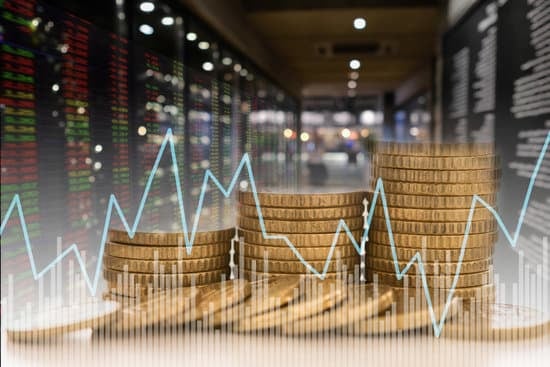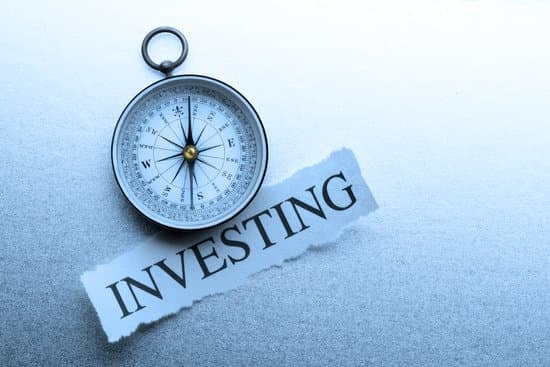
A 500-year journey that is marked by intricate struggles by many has come to a fruition with the inauguration of the newly constructed Ayodhya temple. Built based on contribution and devotion, the consecration of the ‘Shree Ram Temple’ in Ayodhya has been one of the most widely touted events in India. It has put Bharat in the spotlight, with Uttar Pradesh gaining traction as a ‘new hub’ of development.
The word ‘Ram’ has historically resonated with people based on 3 factors:
Faith:
Spirituality and faith have been amongst the largest drivers of our culture since history. For a country that is rooted in its culture and ancient practices, the figure of ‘Ram’ resonates with qualities like righteousness’ and ‘morality’. Ayodhya being the birthplace of Shree Ram, is considered a holy place of worship by many, including people from Thailand, Cambodia, Laos, China, Tibet and some parts of Africa, Caribbean and Oceana. Ayodhya is also extremely significant for Buddhism and Jainism as it gains a mention in their colonial texts and is considered as the birthplace of 5 Jain tirthankaras.
Economic Growth:
The growth and development of Ayodhya will bring in significant economic development in the state and contribute positively to the growth of the country. Cities like Kashi, Ujjain and Ayodhya are set to witness record number of tourists both local and international. India holds the 6th place when it comes to the contribution of Travel and to GDP as per a WTTC (2021) and is fast growing as it witnessed a whopping 55.6% increase between 2002 and 2003.
Politics:
Even as some critics argue that this could be the beginning of an era where religion and politics are deeply intertwined, the ruling government has been getting a lot of traction based on their developmental efforts. The impact of the consecration of the Ram Temple has resulted in the fruition of the ruling party’s long standing election manifesto and the creation of multiple employment opportunities in the holy city of Ayodhya. As Bharat continues to grow, the upcoming elections have been bringing in some volatility in the markets, opening up buying opportunities for investors.
According to government estimates, in just one year, from 2021-22 to 2022-23, Ayodhya’s exports across diverse sectors surged from Rs 110 crore to an impressive Rs 254 crore, marking a remarkable 130% increase. From an economic perspective, real estate rates have skyrocketed by over 900% according to multiple media reports.
Here are 5 sectors that will put Ayodhya on the world stage:
Tourism:
| Airport | Footfalls Apr-Nov 23′ | Growth (%) (5 years) |
| Shirdi | 441018 | 458.3 |
| Gaya | 173233 | 76 |
| Aurangabad | 401329 | 73.4 |
| Amritsar | 1872281 | 20.8 |
| Jammu | 964810 | 11.9 |
| Varanasi | 1952868 | 10.7 |
| Tirupati | 567023 | 1.5 |
| Madurai | 865918 | -17 |
| All-India | 245294699 | 8.2 |
There’s been a massive increase in tourism led by the number of visitors to the Ayodhya Temple. Ayodhya witnessed 2.4 million visitors in 12 days after the Pran Pratishtha and 500,000 visitors on the day of the consecration ceremony. This has been encouraged by the growth in religious tourism across the country.
In 2022 alone, the Uttar Pradesh Tourism Department recorded 8,342.7% year-on-year (YoY) rise in tourism in the Ayodhya district. There were 23.6 million domestic tourists and 1,465 foreign tourists, up from 173,000 domestic and zero foreign visitors in 2021.
We think that there is a huge demand for domestic tourism and this is reflected in the increase in domestic routes as well as the increasing airfares. The rising footfalls across Indian domestic airports are testimony of this. In addition, the development of multiple world class airports like the upcoming Jewar airport in Uttar Pradesh, Greenfield Airport in Chennai, Patil Airport in Navi Mumbai and the expansion of existing airports is a testimony of the long-term growth and development that will encourage tourism to a large extent.
Infrastructure:
| Route | Price (INR) (January 11, 2024) |
| Mumbai–Ayodhya | 20699 |
| Delhi–Ayodhya | 15193 |
| Bengaluru–Agra | 8505 |
| Bengaluru–Delhi | 6913 |
| Kolkata–Lucknow | 5435 |
| Mumbai–Varanasi | 5363 |
| Mumbai–Prayagraj | 5323 |
| Kolkata–Varanasi | 5266 |
Growth in infrastructure, led by premium hotels, retail investors and the Temple trust wanting to acquire land in the city. Investments placed at some ₹85,000 crores have reportedly been planned under a master plan that goes till 2031. The increase in demand has also led to a spike in the airfare routes, with cities like Ayodhya commanding a premium.
There’s been a massive growth of over 40% in spiritual tourism in 2023 as compared to 2022, as per SOTC Travel. The ‘Ayodhya Dham Junction Railway Station’ has been revamped at a cost of ₹241 crores. Maharshi Valmiki International Airport covering 821 acres, is equipped to serve around 10 lakh passengers annually. The second phase, currently in progress, includes a runway extension and a 5 lakh square feet terminal. Airfares to Ayodhya have remained amongst the highest owing to the demand.

Newly redeveloped, widened, and beautified roads such as Ram Path, Dharma Path, Sri Ram Janma Bhumi Path, and Bhakti Path demonstrates a comprehensive approach to infrastructural development. Paving way for new projects like the Maa Kamakhya Divya Lok Pariyojana and other religious sites under the PRASAD scheme.
Consumption:
Booming business opportunities for FMCG and consumer staples as the demand will witness a steep increase. Companies like Bisleri have set-up greenfield projects in Ayodhya. The city will also witness the growth and transition of local businesses and shops, as they transition /partner with global brands to offer their products and services. Booming restaurants, quick service restaurants as well as small business owners will see an increasing demand as tourism flourishes. Other factors include the increasing demand for ‘Pooja Essentials’ and the increasing opportunities for travel companies, airlines, railways and ancillary services led by an increased travel on this route.
Healthcare:
The inauguration of the Rajarshi Dashrath Autonomous State Medical College in 2019, coupled with the renovation of Dr.Brajkishore Homoeopathic College and Hospital, showcases a commitment to healthcare development. This caters to the medical needs of the city while offering top-notch education to future medical professionals.
Utilities:
The increased demand for food, hotels and hospitality will provide a definite push to the utilities sector, pushing up the demand for utilities like gas, water and power. This will also provide a long term-business opportunity for businesses to set shop and grow.

The development and growth of the country is led by the construction, technology and manufacturing/services sectors. This pace of development is also helping bridge gaps, thereby bringing about a massive positive change across sectors like consumer discretionary, consumer staples, utilities, healthcare and basic materials.
We are of the belief that the Ayodhya temple consecration is paving the way towards the growth of increased demand consumption. This event is also likely to impact the upcoming election in a positive manner, especially considering that the Uttar Pradesh is the most populous state in the country. It also has the maximum number of Lok Sabha seats and a majority government in the state will have a significant impact on the election results. With Uttar Pradesh witnessing a massive wave of transformation over the past 6 years, it attracts the maximum number of tourists. We owe our growth and development to the increasing consumption and Ayodhya is an amazing example of how increased government capex is giving rise to a demand led economy that is buoying the country forward.

















